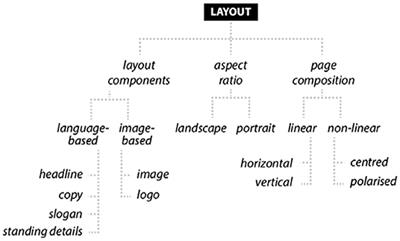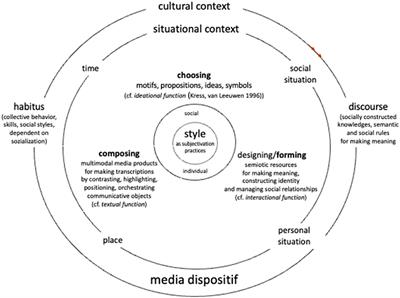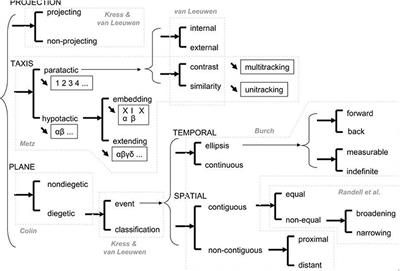EDITORIAL
Published on 14 Dec 2022
Editorial: Multimodal coherence across media and genres
doi 10.3389/fcomm.2022.1104128
- 1,526 views
- 1 citation
3,695
Total downloads
22k
Total views and downloads
You will be redirected to our submission process.
EDITORIAL
Published on 14 Dec 2022
ORIGINAL RESEARCH
Published on 19 Jul 2022

ORIGINAL RESEARCH
Published on 19 Jul 2022

ORIGINAL RESEARCH
Published on 13 Jul 2022

ORIGINAL RESEARCH
Published on 31 May 2022

ORIGINAL RESEARCH
Published on 24 May 2022

